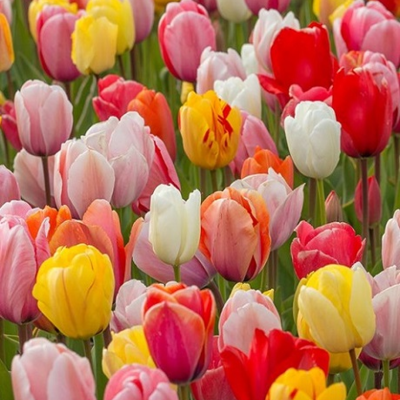Great Burnet Plug Plants (Sanguisorba officinalis)
The Great Burnet is a lively-looking plant, sporting crimson flower clusters atop tall, branching stems with distinct jagged leaves. They’re highly attractive to pollinators, and for a good reason; this wild-growing relative of the rose is not to be overlooked!
- Type: Perennial
- Height: 45-90cm.
- Flowers: June-September
- Soil Requirement: Moist but well-drained
- Light Requirement: Full sun or partial shade
- Natural Habitat: Floodplains, meadows, riverbanks
- Also known as: Burnet Bloodwort
Sowing & Establishment
How to plant your wildflower plants
1 - Open up the box
On arrival open the boxes immediately, lightly water and leave them in good sunlight until they are required for planting. This will help them recover from being in transit. Ideally, they are best planted within a few days of arrival but will be ok if kept watered with access to sunlight.
2 - What to expect
These are supplied as plug plants and are a standard 40cc plug, roughly the length of your index finger. Most wildflowers die back in the winter but will still have a good root base.
3 - Planting time
Planting can be done year round providing the soil is moist and you will find the plants generally do better being planted in situ rather than being potted on. The optimum time for sowing is from September – May. Hold off planting if the soil is dry, waterlogged, hard or frozen.
4 - Preparation
Any grass should be close-mown prior to planting and the cuttings removed. It's advisable to clear/ mow the grass to around 10cm from around the plug until they are well established and remove any cuttings.
5 - Planting
To remove the plugs from the tray gently squeeze each one from the base and slowly pull it out.
6 - Depth and Spacing
Using a trowel or dibber, make a hole in the ground as deep as the plug itself. Plant the plugs 5 per square metre. Insert the plug and gently firm the soil around it and water well until established.
7 - Flowering
Sit back, relax and look forward to beautiful spring flowers! They may not always flower in their first year.
8 - Aftercare
Once your flowers have finished flowering, leave them to die back naturally. You can remove any dead foliage once the plant has finished seeding in the Autumn and take it back to around 10cm and remove the cuttings.
Buy With Confidence







